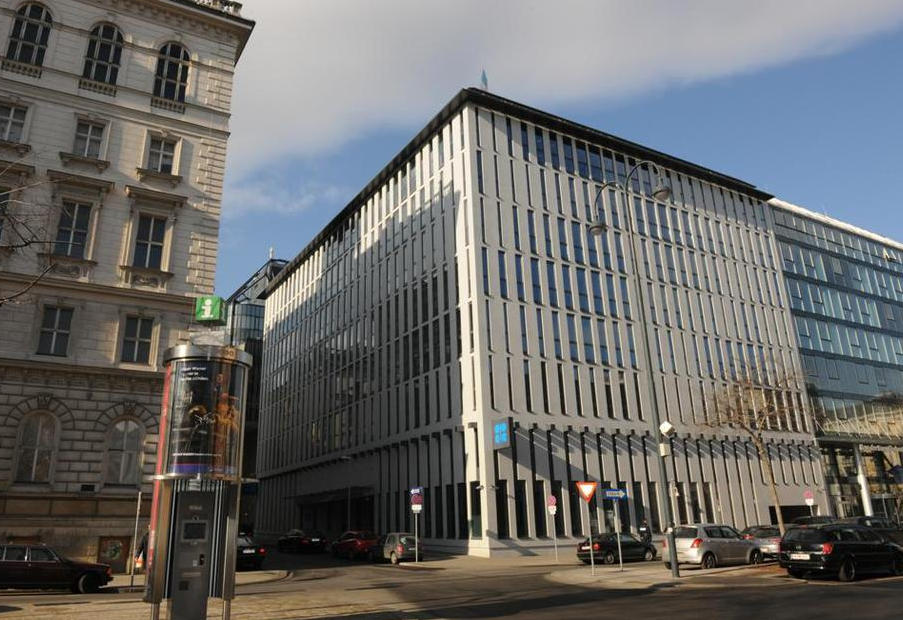
OPEC says it’s close to a deal to cut oil output for the first time since 2008, a move that may halt a 2 1/2-year price slump. The actions of individual member states tell a different story. Here’s a look at the prospects for an agreement ahead of OPEC’s November 30 meeting:
Math isn’t the issue
The simple math supporting cuts looked solid at OPEC’s meetings in June and December. Prices then were way below most members’ fiscal break-even points. An output cut now of 1.5 million barrels a day, or 5 percent, would need to boost the oil price by only $2.50 a barrel for OPEC nations collectively to be better off. A $5 price increase would boost the value of what they pump by about $100 million a day.
They didn’t make those cuts. Why? Because Saudi Arabia was set on a policy of defending its own share of the global market and putting pressure on high-cost producers elsewhere, particularly surging output from U.S. shale formations. The world’s biggest exporter insisted that it wouldn’t tackle a global surplus alone.
‘Four pillars’
At an extraordinary Organization of Petroleum Exporting Countries meeting in Algiers on September 28, the 14-nation group agreed in principle to production cuts that are to be ratified in Vienna on November 30. OPEC suggested curbing output to between 32.5 million and 33 million barrels a day. The group’s output in October was about 33.6 million barrels a day, according to its most recent Monthly Oil Market Report.
The first, most important, question that came out of the Algiers meeting was whether Saudi Arabia’s approach had really changed and, if so, to what extent? What’s now known is that the kingdom wants OPEC’s policy built around four pillars: action must be collective, equitable, transparent and credible with the market.
Critically, this means Saudi Arabia thinks Iraq must cut and Iran must freeze crude output. – The two nations are OPEC’s second and third largest producers and the main drivers of the group’s supply growth.
“The Saudis are in two minds,” said Bill Farren-Price, chief executive officer of Petroleum Policy Intelligence, a Winchester, U.K.-based consultancy. “It’s fairly straightforward what they need to do, but the willingness is not quite there as there’s a considerable lack of trust at this stage.”
Will either country play ball?
Iraq initially rejected OPEC’s proposed baseline for cutting production, a stance that showed signs of thawing on Friday. The nation submits one set of numbers for output, but OPEC publishes a second set. Because that second set would be used as the starting point — and because those secondary figures are lower than the ones that Iraq itself reports — Iraq would have to make a deeper commitment than the country believes is justified. Fixing that in a credible way remains a hurdle. Iraq’s Oil Minister Jabbar Al-Luaibi said Friday he was optimistic a deal would be reached, without going into details.
Iran in January emerged from international sanctions relating to its nuclear program. Accepting OPEC-related, Saudi Arabia-led restrictions could be a challenging decision domestically. Iran has said it won’t accept limits.
This means a deal isn’t clear cut, according to Helima Croft, chief commodities strategist at RBC Capital Markets LLC in New York.
“There’s a one in four chance it doesn’t fly, and that’s based on the Iranians being too aggressive in their negotiations — that Iran’s just going to free ride off the Saudis,” she said in a phone interview. “That’s just dangerous.”
Iranian Oil Minister Bijan Namdar Zanganeh said over the weekend that it’s “ highly probable” OPEC members will agree on production cuts in Vienna and that OPEC Secretary-General Mohammed Barkindo relayed “promising” information during a meeting on Saturday.
Non-OPEC’s role
What’s still not clear yet is the extent to which non-member nations, in particular Russia, would join the effort if Saudi Arabia itself is to limit supply, or whether their participation is a deal-breaker. Saudi Arabia’s oil minister Khalid Al-Falih said on Oct. 19 that “ many” non-member states are ready to cut.
But in practice, almost no non-OPEC nations will make deep, material cuts to their output that weren’t going to happen anyway. Russia is producing at a post-Soviet era high and has said it prefers a freeze to a cut. Forget about participation from the U.S. or Canada. In fact, they could be beneficiaries if there are restrictions, fetching higher prices and selling more crude to make up for the OPEC reduction.
Work to do
Barkindo has been touring member nations to shore up support for an agreement before the Nov. 30 meeting. Some OPEC ministers traveled to Doha for talks last week, as did Russian Energy Minister Alexander Novak.
The meeting didn’t resolve much. It certainly didn’t tackle any of the thorniest questions that OPEC must still overcome if coordinated measures are to happen.
“The road from the OPEC agreement in Algiers to the next official OPEC meeting in Vienna is long and bumpy,” said Harry Tchilinguirian, head of commodities strategy at BNP Paribas SA in London.
Recommended for you
